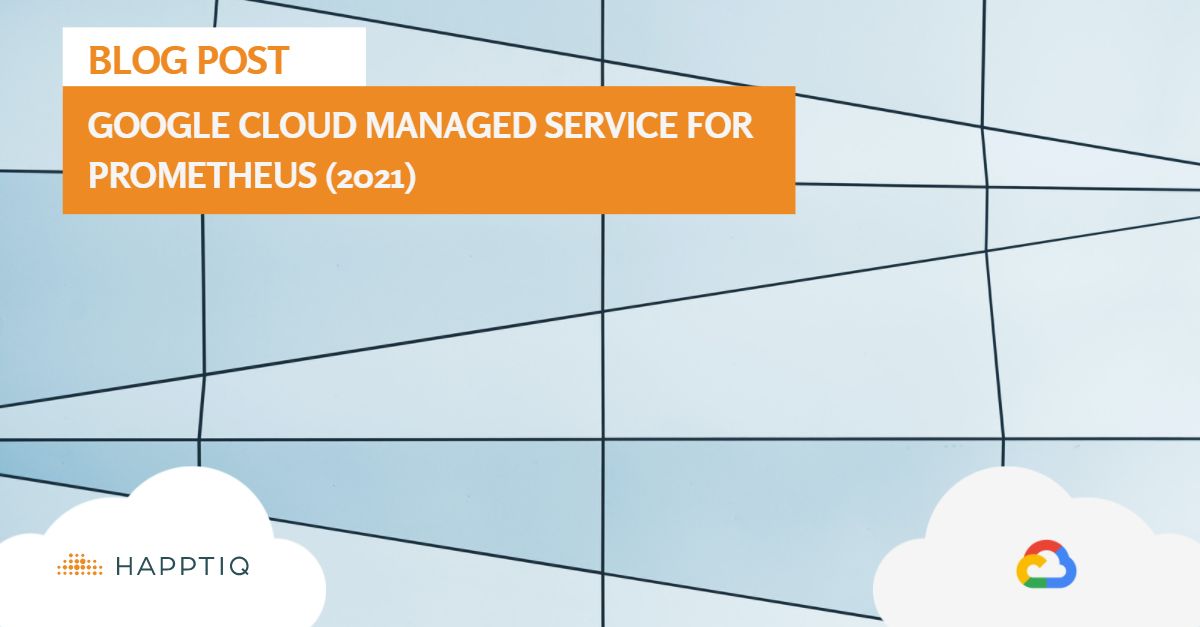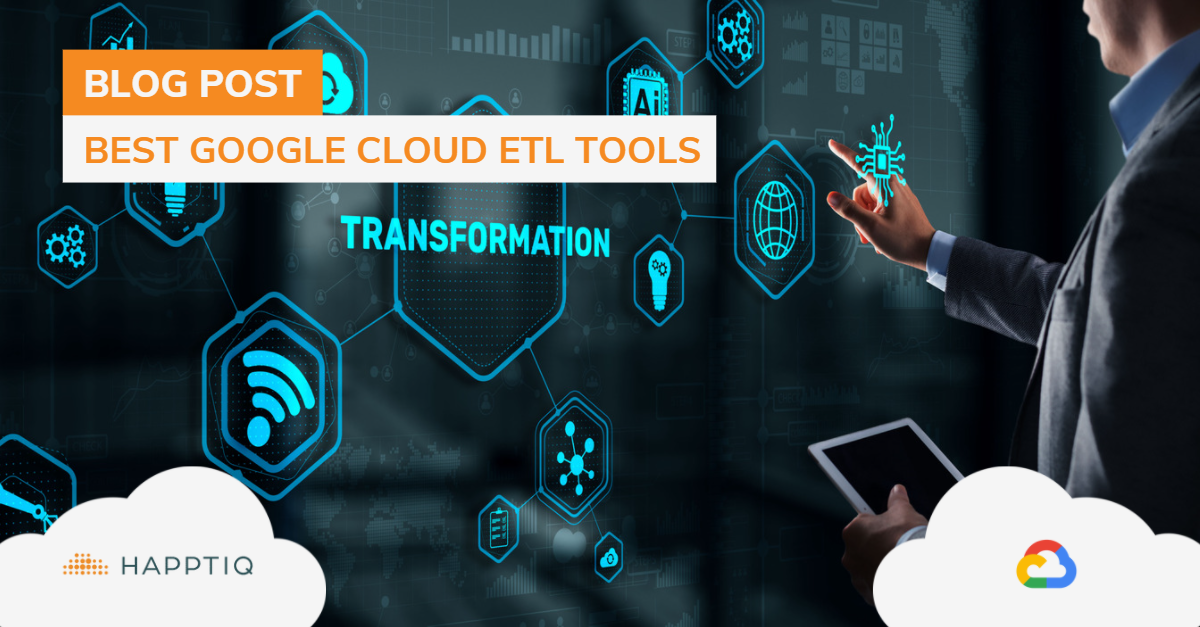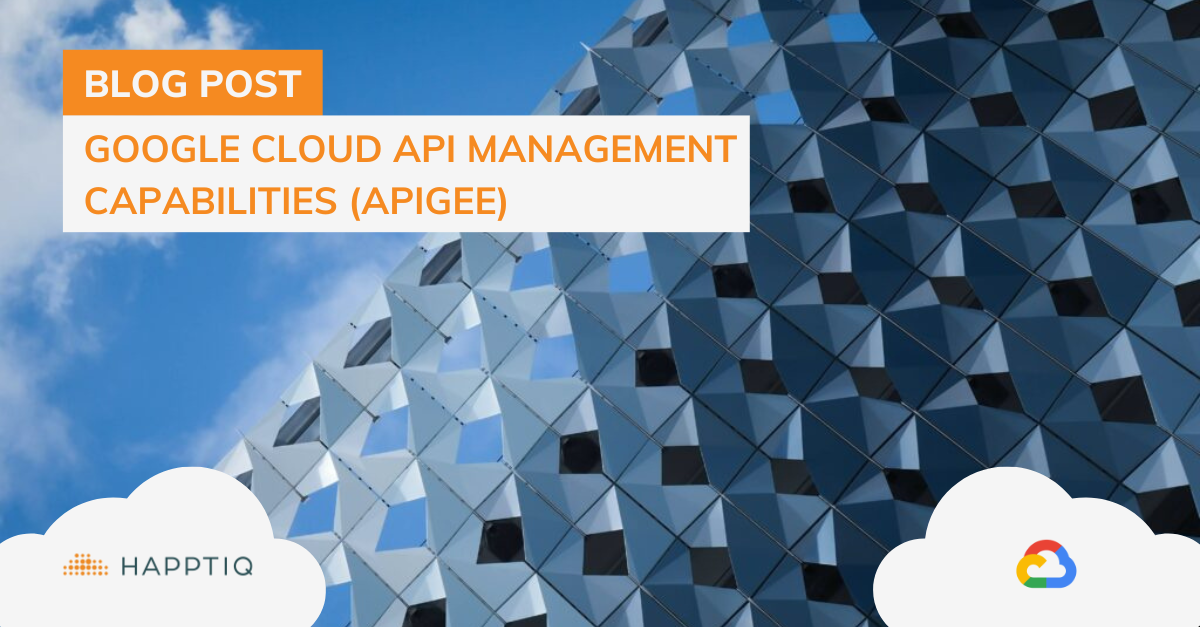LOAD BALANCING IN GCP
Load Balancing in the Google Cloud
The rapid success of a new application in Compute Engine poses a critical challenge in scaling, optimization, and security when it starts acquiring international users. VM instances can become overloaded beyond a certain traffic threshold, causing latency to increase, resulting in overall low performance and discontent from users. What is GCP’s service to ensure this does not happen? Cloud Load Balancing (CLB) is a fully distributed software-defined service that balances user traffic to multiple backends to lower congestion and ensure low latency. This service is designed with features that permit the smooth working of your application both regionally and globally.
Capabilities and possibilities of Cloud Load Balancing
Cloud Load Balancing’s auto-scaling feature instantly collects resources from other instances in the region to handle traffic when it goes up. This feature enables your application to handle rapid or unexpected traffic in a given region with low latency. No pre-warming is required and this process can move from zero to full throttle within seconds. Being software-defined, the service is fully managed by GCP. It is not limited by infrastructure, scale, etc. Therefore, it applies to all of your traffic, be it HTTP(S), UDP, or TSP/SSL. This service also terminates SSL traffic, cutting down processing load on the backend servers. This also allows you to administer central management of SSL certificates and decryption.
CLB allows you to support the use of your application globally using a single anycast IP. Your front-end services will be made available in different regions of the world without having to change your virtual IP address or DNS service settings. Suppose backends in a certain region become unhealthy even after auto-scaling, CLB gently moves traffic to other regions where backend resources are available. This is known as multi-region failover. CLB’s failover reaction is not limited to large volumes of traffic and unhealthy backends, network failure alongside other related conditions can also cause backend services to move to another region.
CLB does internal load balancing for three-tier applications (containing the front-end, middleware, and data sources). In conjunction with Andromeda, GCP does load balancing between the front end and other internal tiers. Internal load balancing is meant for TCP/UDP traffic, behind RFC 1918 (private IP addresses for the company only) virtual IP address. You will get high-fidelity health checks without any middle proxy. These checks ensure the health probes are working properly and that traffic is being directed to the right backend. The data plane and software-defined networking controls are leveraged for load balancing.
Security of Cloud Load Balancing
To ensure the security of your backends and application, CLB permits you to implement Transport Layer Security (TLS) everywhere. TLS is a more secure version of SSL that ensures data transmitted between the server and the client is encrypted. You can use Google-managed SSL certificates where Google manages the provisioning and life cycle of the certificate. Global attacks are absorbed and dissipated (by global load balancing) across the load balancing infrastructure. Using Cloud Armor you can secure your apps from level 3 to 7 attacks and using IAP, you can manage access to your backends.
CLB’s potency is projected on its capacity to support over 1 million queries per second. This capacity is supported by the same front-end infrastructure that powers Google. There are over 80 load balancing locations from which traffic enters CLB. Generally, CLB functions to reduce latency, improve performance, security and optimize cost for your back-end services.
You may also like…

Google Cloud Managed Service for Prometheus
Prometheus utilizes powerful tools such as Grafana to provide observability across Kubernetes deployments. As you scale up, it can become challenging to configure and manage…
Get in touch with us
Ready to start your next project with us? Give us a call or send us an email and we will get back to you as soon as possible!

